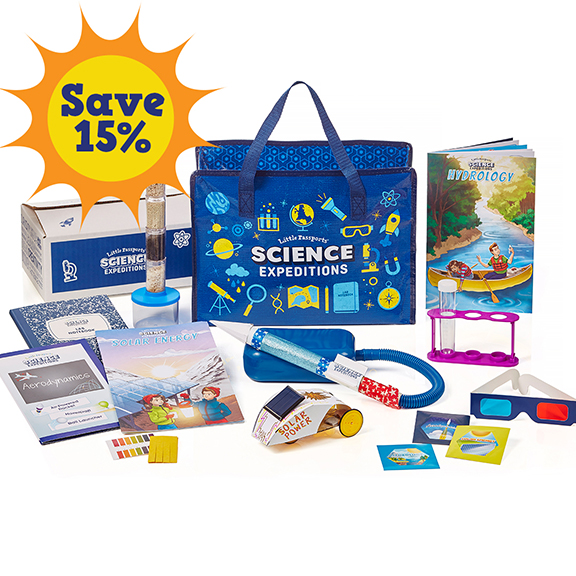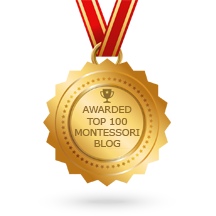 Maria Montessori is best known as the founder of the Montessori Method which has greatly influenced the lives and education of people around the world. She was ahead of her time, determined, and unflinching against society’s conventions.
Maria Montessori is best known as the founder of the Montessori Method which has greatly influenced the lives and education of people around the world. She was ahead of her time, determined, and unflinching against society’s conventions.
Montessori was born on August 31, 1870 in Chiaravalle, Italy to Alessandro Montessori and Renilde Stoppani. In Maria’s early years, she had an eagerness to learn new things, even going against the typical education for women at the time. She was greatly encouraged by her mother in her scholastic efforts, while her father didn’t want her educated beyond secondary schooling. Her desire to learn, even across borders, and a combination of her mother’s encouragement and reinforcement, and her father’s disapproval fostered the drive to pursue her education.
At the age of 13, Montessori entered an all-boys technical school in preparation for becoming an engineer. After technical school she continued pursuing her dream of becoming an engineer much to the displeasure of her father. Later she entered the University of Rome La Sapienza Medical School in pursuit of a medical degree.
Montessori’s greatest challenge in medical school was being in a male-dominated field regularly disrespected by her peers and forced to dissect cadavers on her own at night due to university policy citing it would be immodest for her to dissect cadavers with men. Montessori persevered and became the first female doctor in Italy. She worked in various positions that would shape her future: pediatrics, psychiatric clinics, and hospitals (one for children).
After graduation Montessori took a position at San Giovanni Hospital and also began her own private practice. Montessori took a holistic approach to medicine. She didn’t just prescribe medicine to her patients, but sought to treat and train them with activities that were practical to everyday life.
As a member of the University’s Psychiatric Clinic, Montessori became interested in working with and educating the children with mental and/or physical disabilities, whom were often called uneducatable. In 1896, Maria gave a speech at the Educational Congress in Torino on her findings from working with these children. The Minister of Education was in attendance and intrigued by Montessori’s discoveries appointed her as director of Scuola Ortofrenica, an institution devoted to the care and education of the mentally retarded. Her time there was a test of her argument that mentally disabled children could be trained and educated rather than cast aside as noncontributing members of society.
Success came when a few of her students took the state examinations for reading and writing and passed with above-average scores. Montessori saw this and thought that if these methods brought mentally disabled children to the level of normal children, then, she wondered, how it would increase the potential of normal children. She would soon have her chance to find out.
Not long after this discovery became known, Montessori was asked to start a school in a housing project in Rome. The children ran free and, oftentimes, were destructive while their parents were gone during the day at work. The developers saw Montessori as an opportunity to reign in the unruly children and save their housing project.
The school opened in San Lorenzo on January 1907 and was called Casa dei Bambini, or Children’s House. Montessori gave them an opportunity to learn by teaching them everyday chores to puzzles and other interesting constructive activities. Montessori’s time at Casa dei Bambini also allowed her to further observe and develop her method.
Montessori discovered that the child learned while concentrating on a task he or she was interested in, even repeating it over and over. Children learned by doing things themselves, correcting their own mistakes, having freedom to chose their work and materials, as well as not receiving a reward or punishment for their efforts.
She also learned that children prefer order, responsibility in regard to their environment, doing real-life work with real-life materials, working in quiet, and learning socially acceptable personal care. She respected the child and believed in his or her capability.
As news of Montessori’s school and its results spread, people became more and more interested in Montessori and her method. So Montessori began giving lectures, writing pamphlets and later books, and even going on to give teacher training courses in the method.
In her later years, Montessori traveled extensively throughout Europe, India, and even to America giving lectures, teaching training courses, visiting schools, and displaying her classroom’s at exhibitions. She received many honors and was even nominated for the Nobel Peace Prize three times. She also received numerous honors and titles throughout Europe. In the year before her death, she taught her last teacher-training course and spoke at the International Montessori Council (IMC), many of her talks focused on educating children to live peaceably.
Montessori gave the world a new way to educate children, a way that brought life and discovery to learning.
“Education should no longer be mostly imparting of knowledge, but must take a new path, seeking the release of human potentialities.”





























